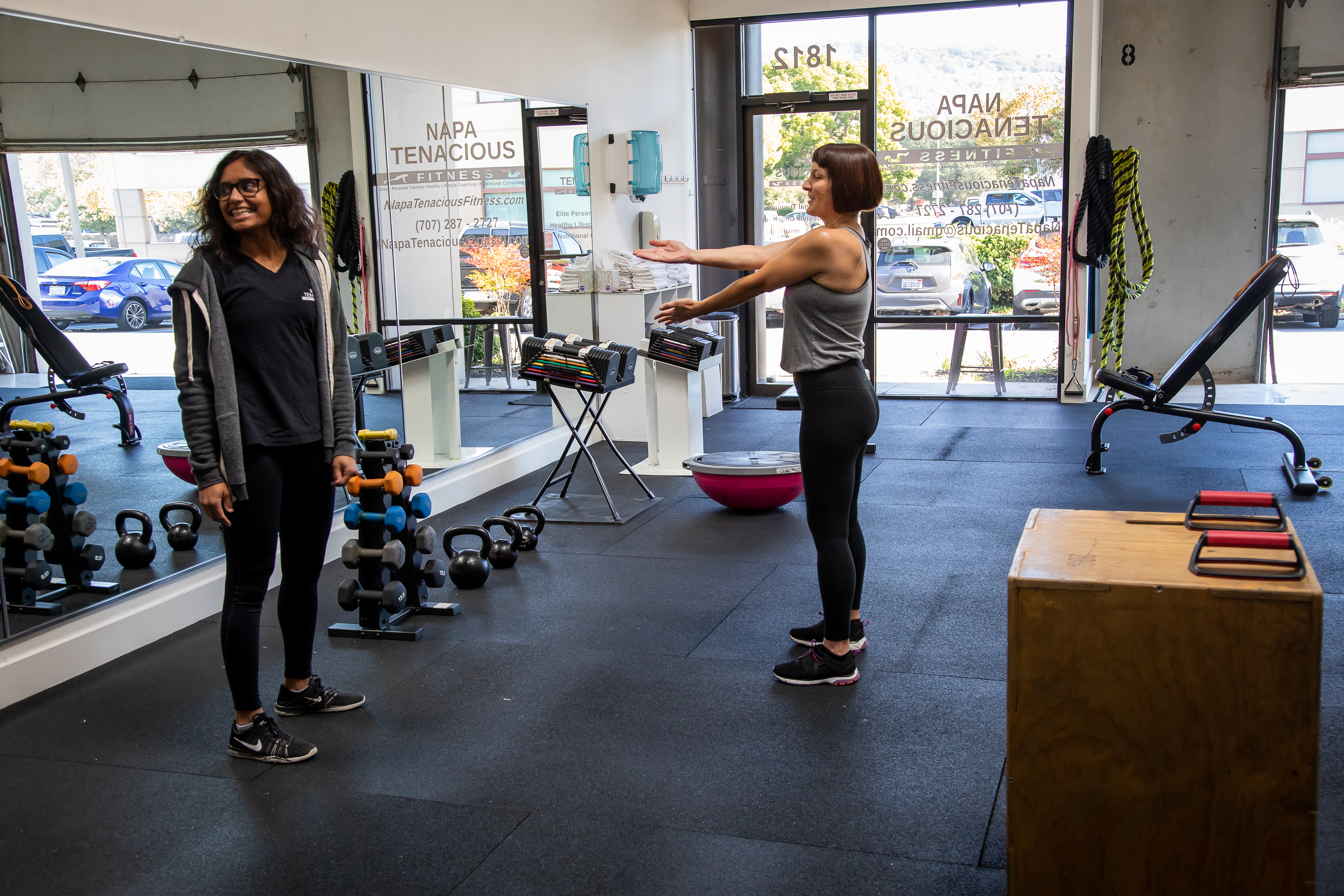Two of our full-time coaches called in sick a few weeks ago. With a slew of clients eager to achieve their weekly and bi-weekly training sessions, myself and the remaining coaches, unhindered by the season’s illnesses, put in some extra hours to accommodate our beloved personal training clients. The standard eight-hour day of coaching cascaded into ten to twelve hours of coaching clients. We became slightly backlogged by adding in program design, onboarding our talented new coaches and apprentices, and the logistics of managing training schedules. Two days later, we were back in full force. All the coaches resumed their normal operations, exuberantly guiding our clients to succeed in their weekly exercise sessions.
As a nasty bug latched hold of our sick coaches, the other coaches took all the proper precautions to ensure our gym was free of the sickness that possessed their bodies and to ensure they recovered efficiently and effectively. They updated the coaching crew on their body temperature status every four to six hours to see if their fever broke. The helpful representatives of local COVID testing stations happily shoved swabs up their nostrils to check for the latest strain of the coronavirus.
After a few days of our sick teammates feeling like they got tossed out of a high-speed train, their fevers broke, headaches subsided, and the faucets of their runny noses turned off. Additionally, the coaches holding down the fort returned to regular working hours. Two days of disruption caused by an illness were effortlessly shrugged off like a rookie linebackers attempt to tackle Bo Jackson.
As ambassadors of health and fitness, the coaches at our fitness studio participate in regular exercise sessions three to four times per week. Additionally, one would be hard-pressed to find one of our coaches scrolling through their phones or in front of the television, vegging out in their free time. Instead, they participate in their favorite recreational physical activity outside of training clients. This is the quintessential fitness coach’s optimal state of homeostasis.
Exercise puts the body through bouts of physiological stress. Stress hormones, heart rate responses, and blood pressure increase during rigorous exercise. These reactions momentarily cause stress hormone production along with a slight reduction of the immune system. The key word here is “momentarily.” This controlled dose of exercise prepares our body to handle sources of external stress. Such as physical weakness, psychological and emotional distress, and suppressed immune system threats. An invoice for a hefty utility bill, a phone call that your child ditched school, or a heated business discussion can induce the same stress. This type of external stress can produce just as much, if not more, physiological and emotional distress than a controlled exercise bout. It should come as no surprise that the more stressed we are, the more likely we will forget to take care of ourselves. In this case, we might become ill. However, adaptations to the stress imposed on the body via regularly organized exercise sessions ingrain the ability of the body to manage external stress. Additionally, if the body is in optimal physical condition, it wants to recover and return to a healthy state of homeostasis. Just like our personal trainer friends.
Illness throughout our lives is inevitable. Unfortunately, everyone gets sick. However, if we include regular exercise and incorporate recreational physical activity into our lives, we don’t have to be sick for very long. That’s why it pays off to be healthy.
Sean McCawley, the founder and owner of Napa Tenacious Fitness in Napa, CA, welcomes questions and comments. Reach him at 707-287-2727, napatenacious@gmail.com, or visit the website napatenaciousfitness.com.

